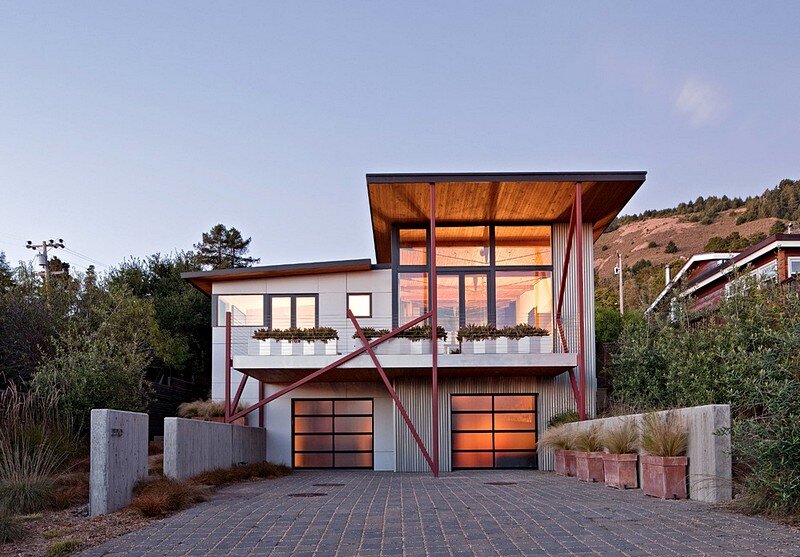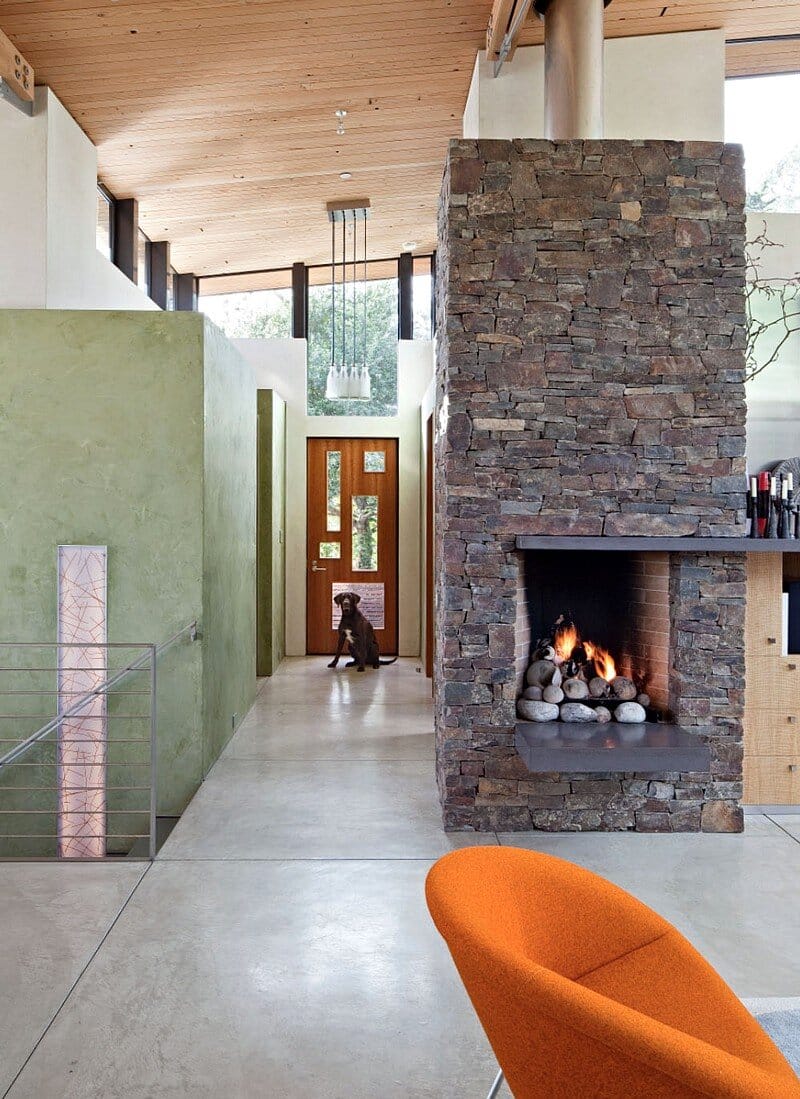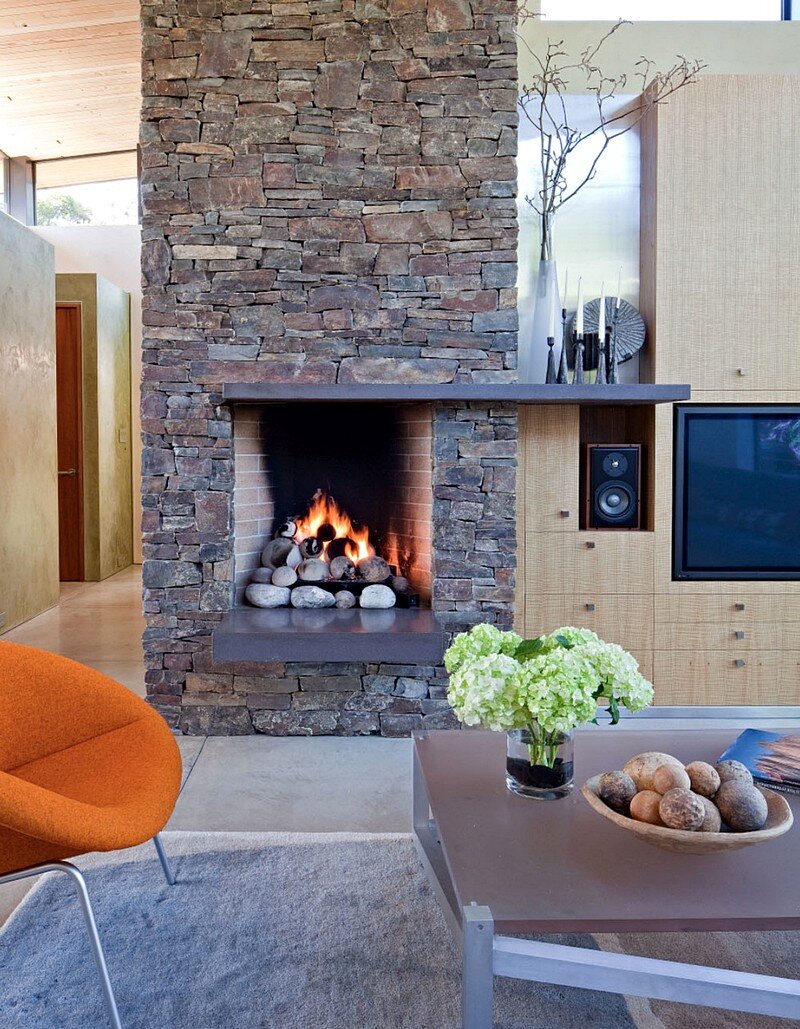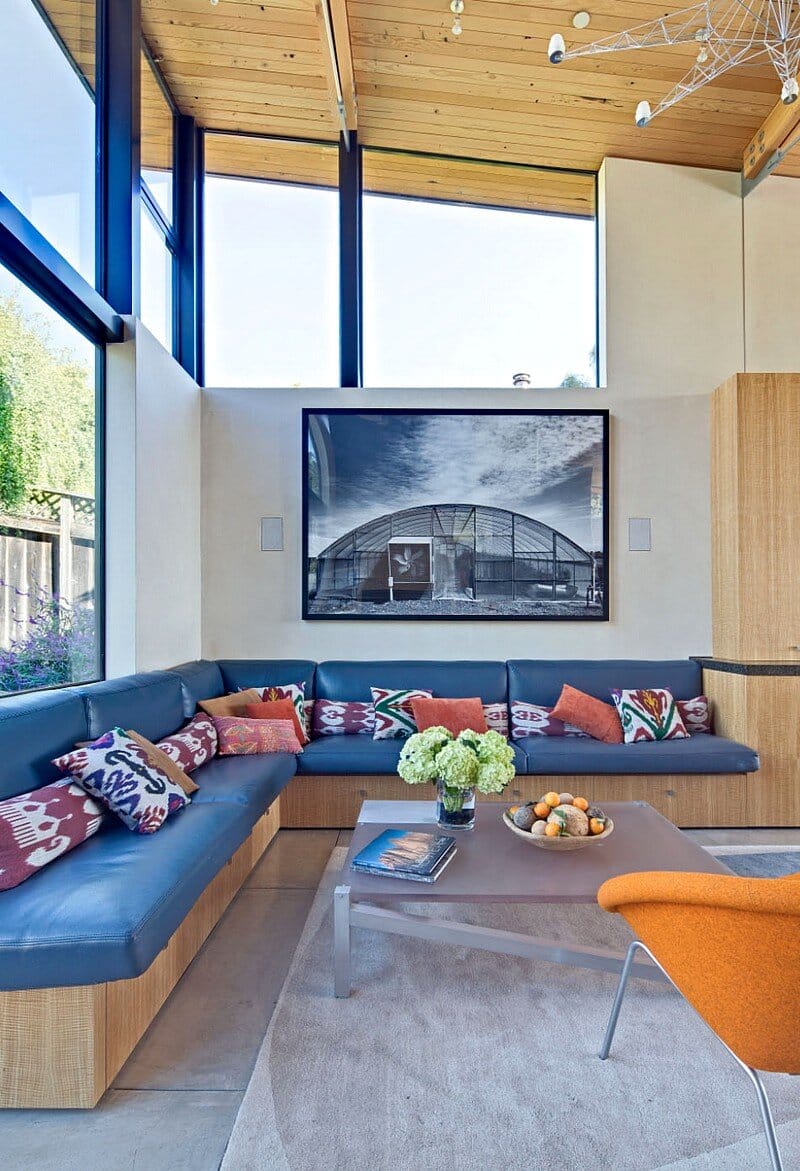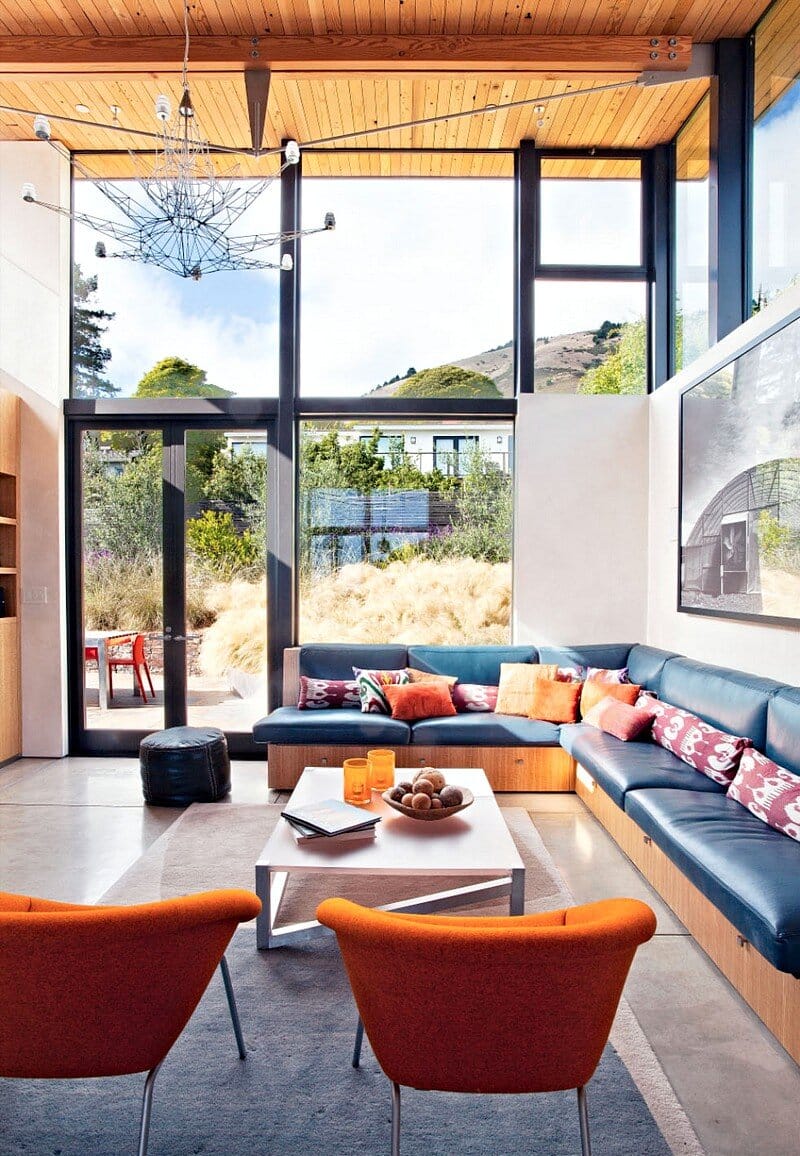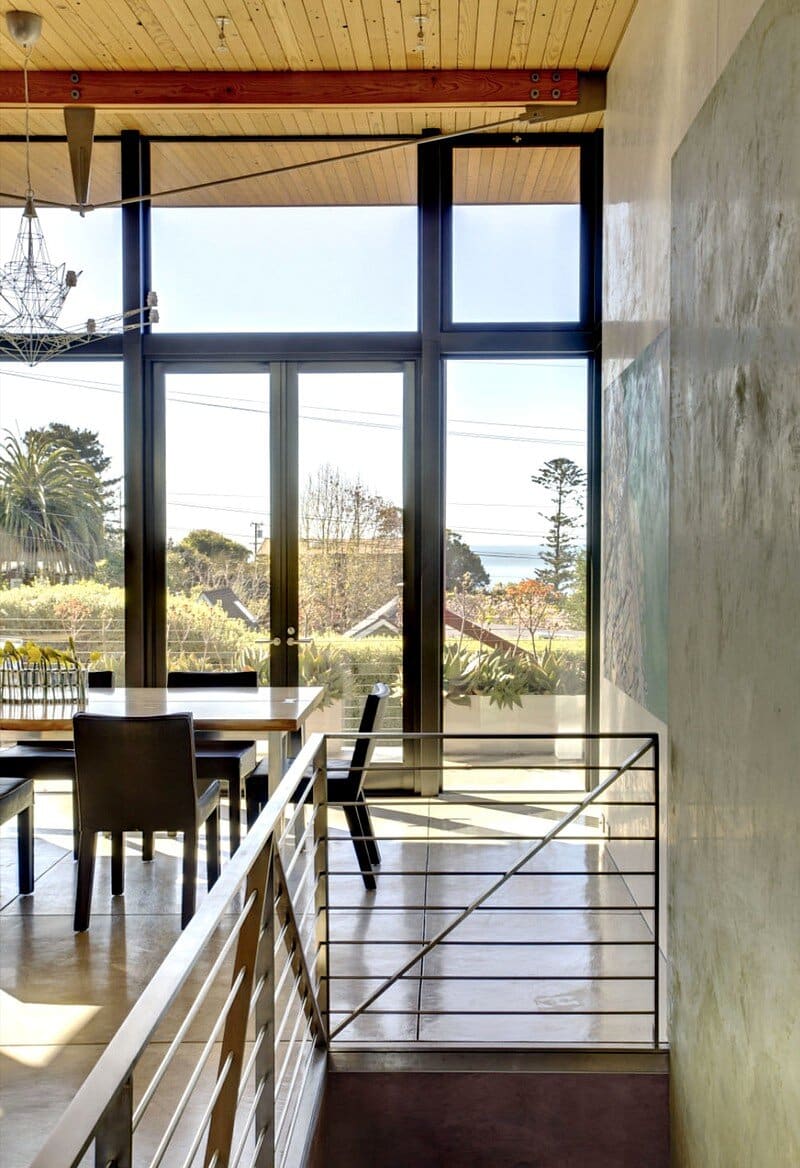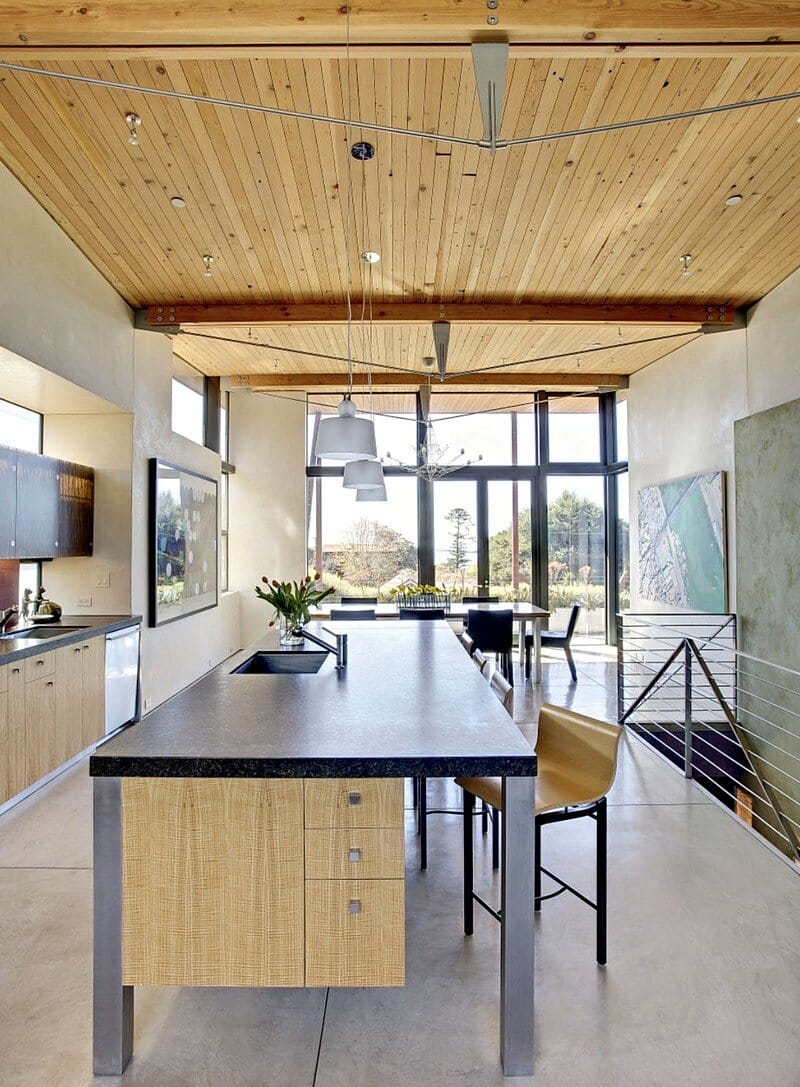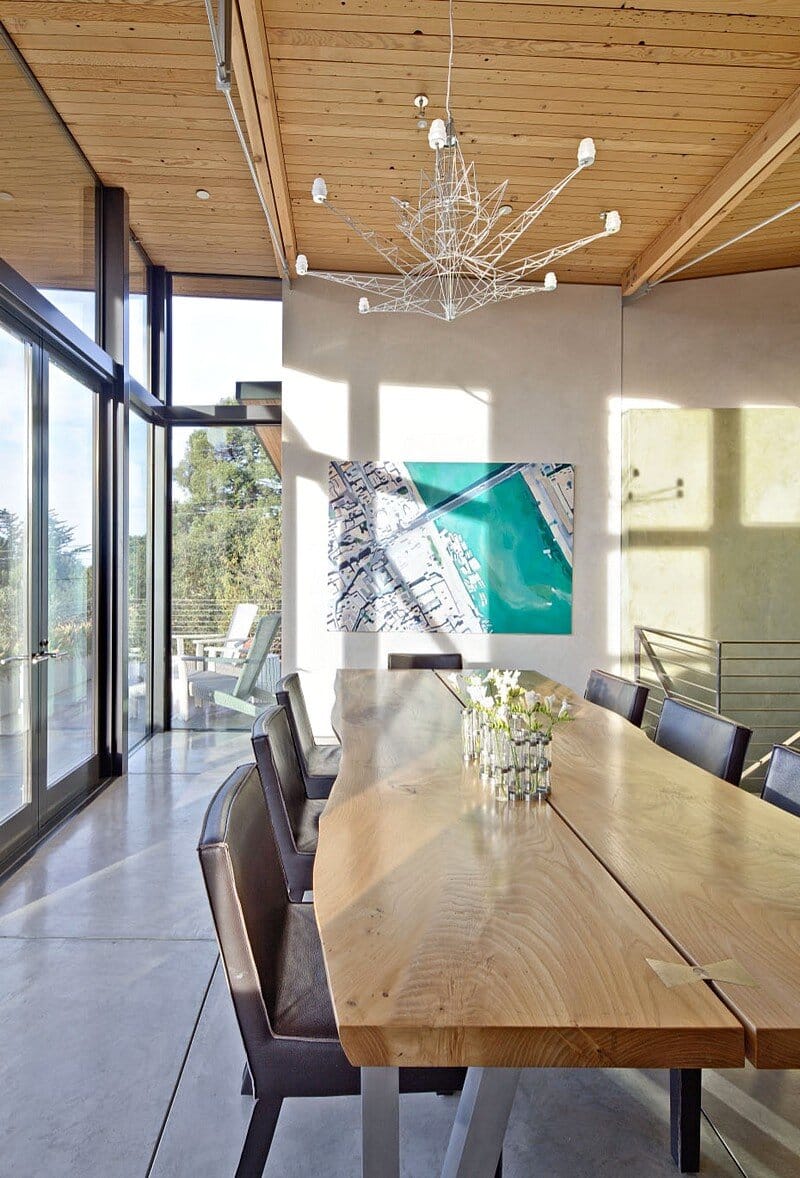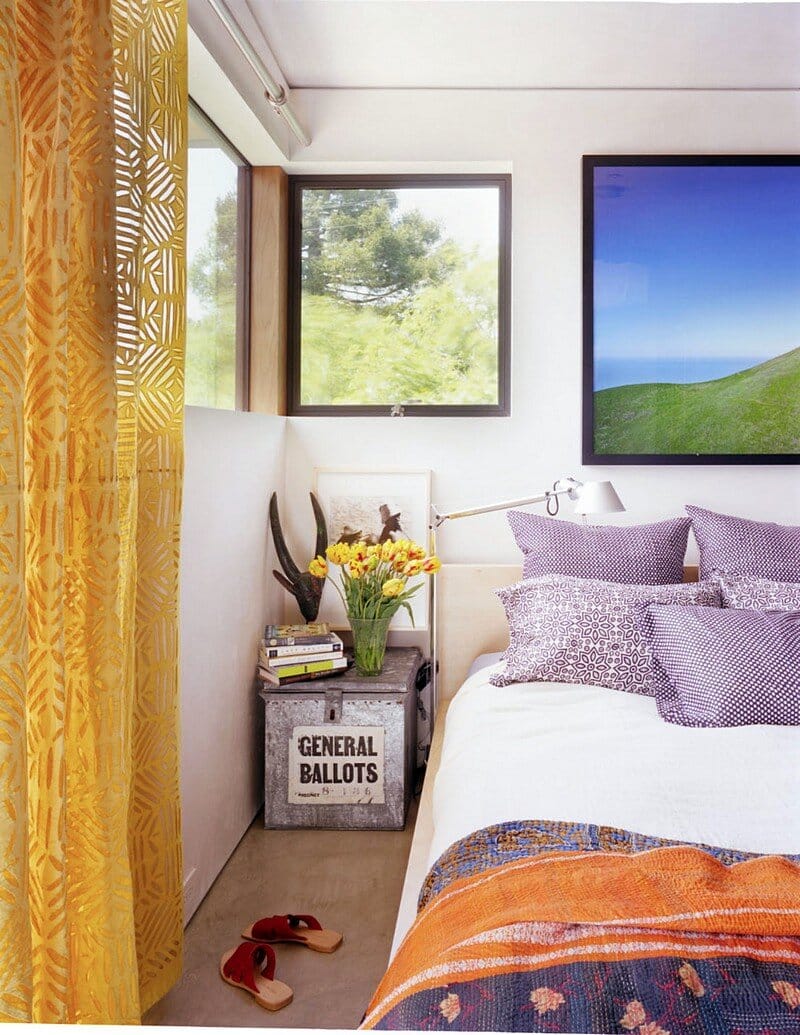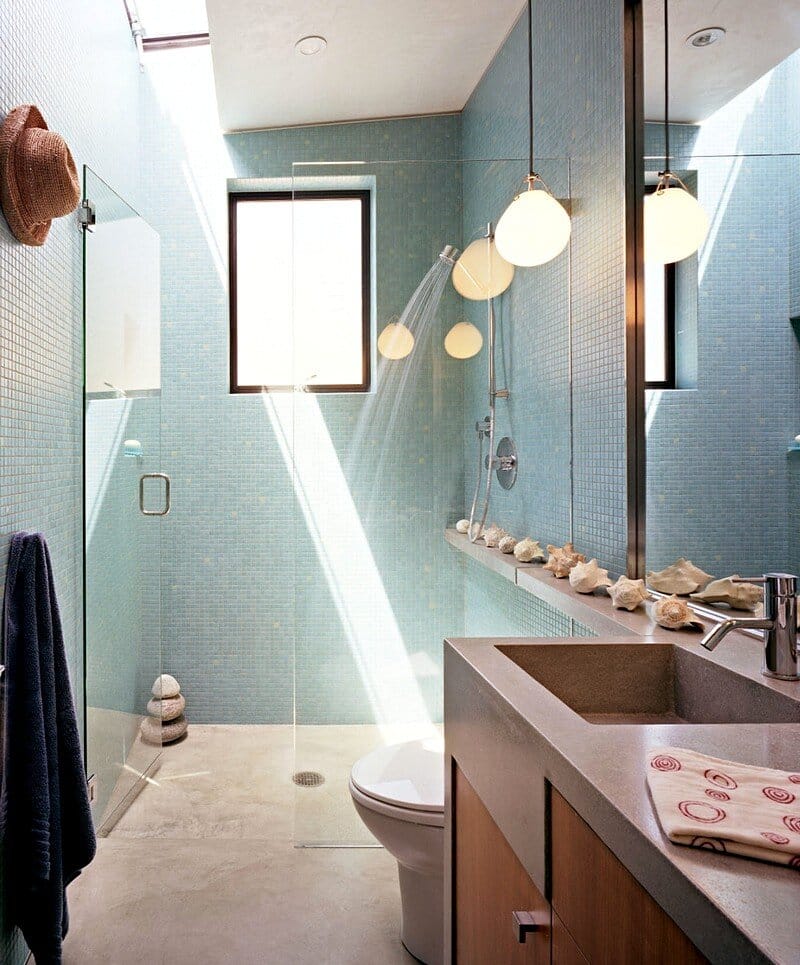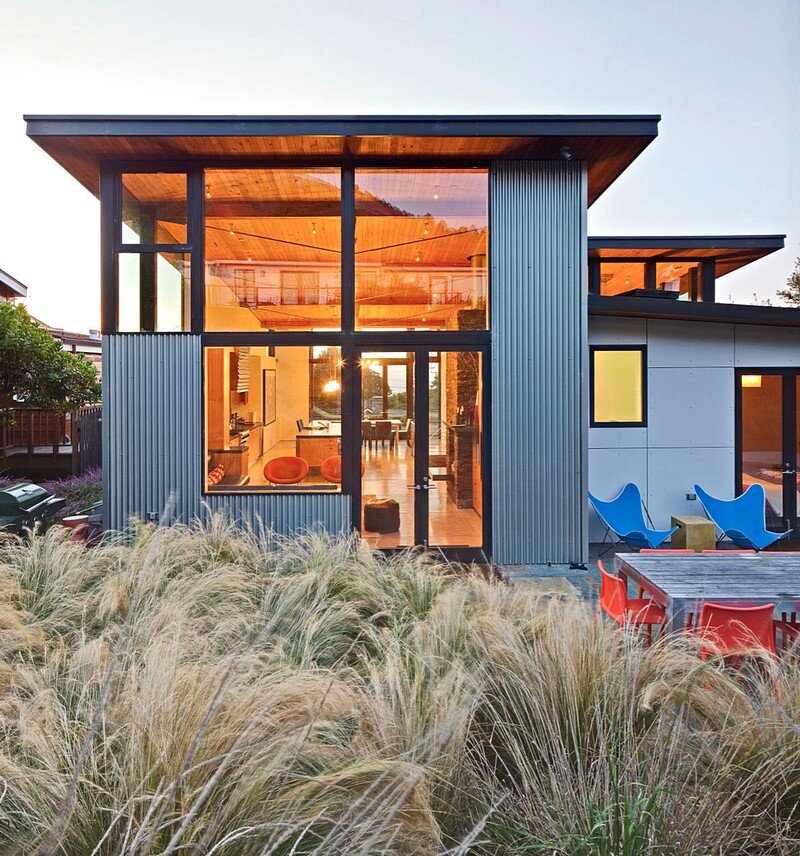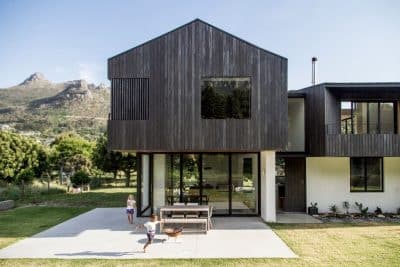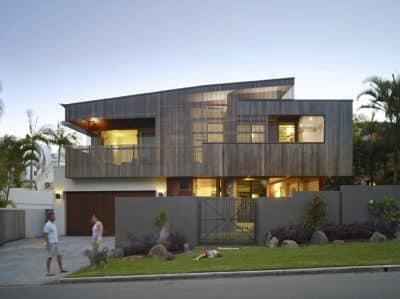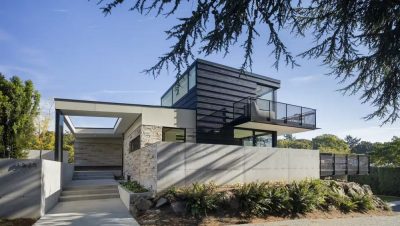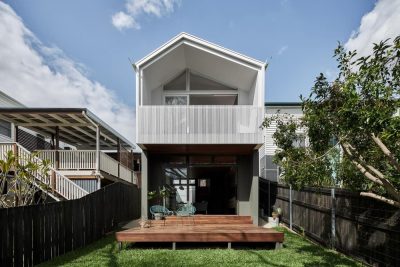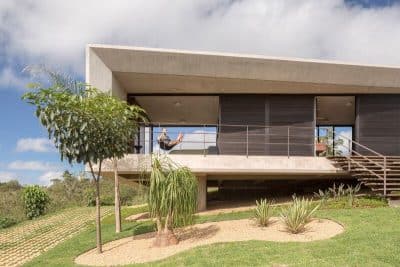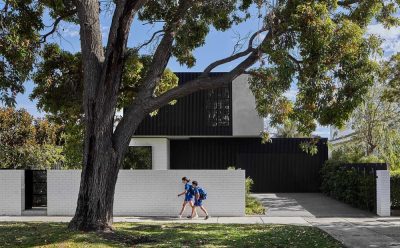Architects: WA Design Inc
Project: Stinson Beach House
Design Team: David Stark Wilson, Frank Eyerly, Eoi Takagi
Location: Stinson Beach, California, USA
Consultants: Kenneth Hughes (engineering); PCD Engineering (mechanical)
Stinson Beach House is a 1400 square foot home designed by WA Design. The house is located on a small infill site in Stinson Beach, California.
Project description: Just north of San Francisco is the largely suburban and rural County of Marin. The bay side has been developed with upscale suburbs, but with zoning rules the west side, which borders the Pacific Ocean, has remained an agricultural and rural preserve. The Marin coastline is one of green rolling hills that slope down to the rugged palisades that meet the Pacific.
The small town of Stinson Beach is one of the few Marin coastal towns where the rocky coastline yields to a beach—in this case a beautiful, five-mile-long beach. It was here that my wife and I looked for a lot to build our weekend home on. We searched for years and in 2006 we finally found a south-sloping vacant parcel of land that was ideally suited to the energy-efficient second home we envisioned. The small site was connected to the ocean to the west via filtered views and the sound of the surf. To the east, above the site, was a neighboring home, beyond which the view extended to a skyline ridge of Mount Tamalpais. Addressing and enhancing this ridge view proved a starting point for the home’s design.
We were strictly limited by both budget and zoning regulations to a home of 1400 square feet. Space was at a premium. By developing the house plan around a great room, I was able to create an inviting and large environment for all the activities of our extended family and friends.
The bedrooms were downscaled to fit a bed and little more. The massing that emerged in the design process was an elevated south-sloping roofline with extensive clerestory windows that accessed the views to the ridges above. Corrugated Galvalume metal, paired with cement board siding, created a sturdy and economical exterior shell for the house.
With an eye towards sustainable design we used open-cell foam insulation, concrete floors, natural ventilation, and recycled materials. The ceiling decking was milled from wood salvaged from the old Stanford University gymnasium. The south-sloping roofline provided ideal orientation for an extensive photovoltaic and solar thermal array. The annual energy needs of the home are entirely supplied by the rooftop arrays.
Thank you for reading this article!

